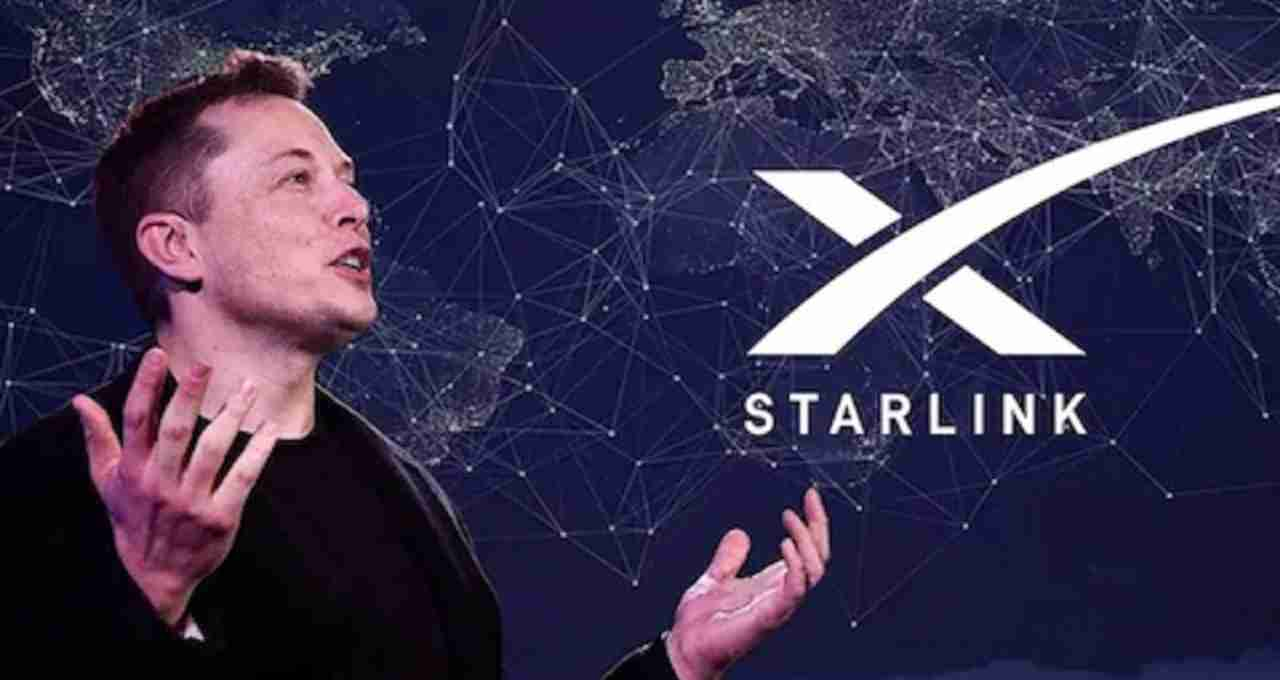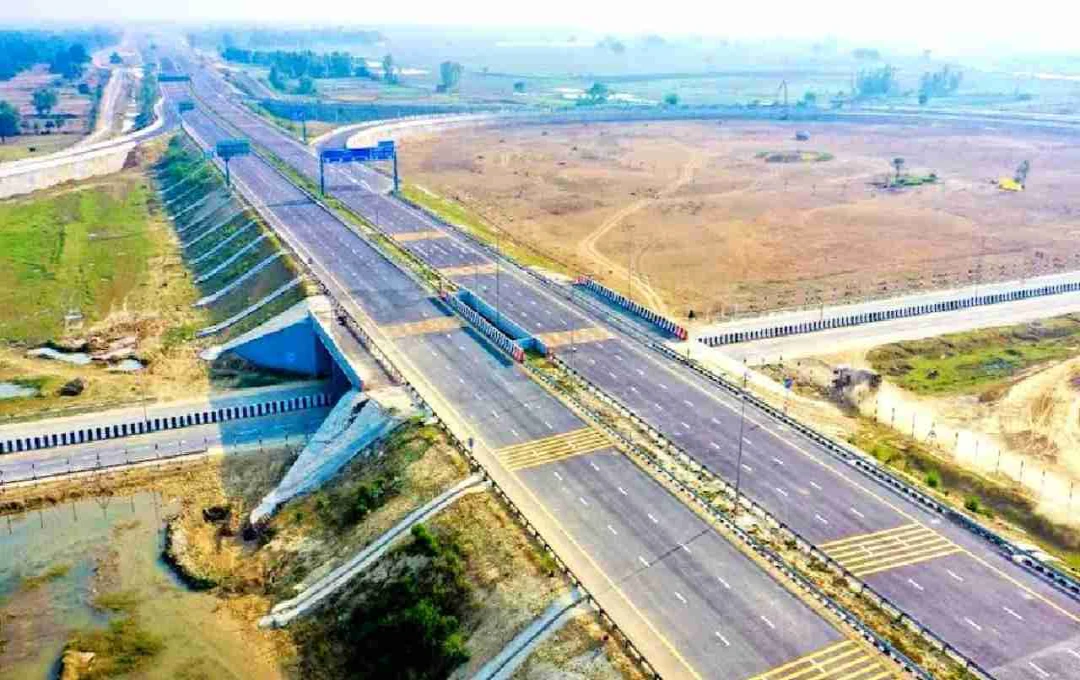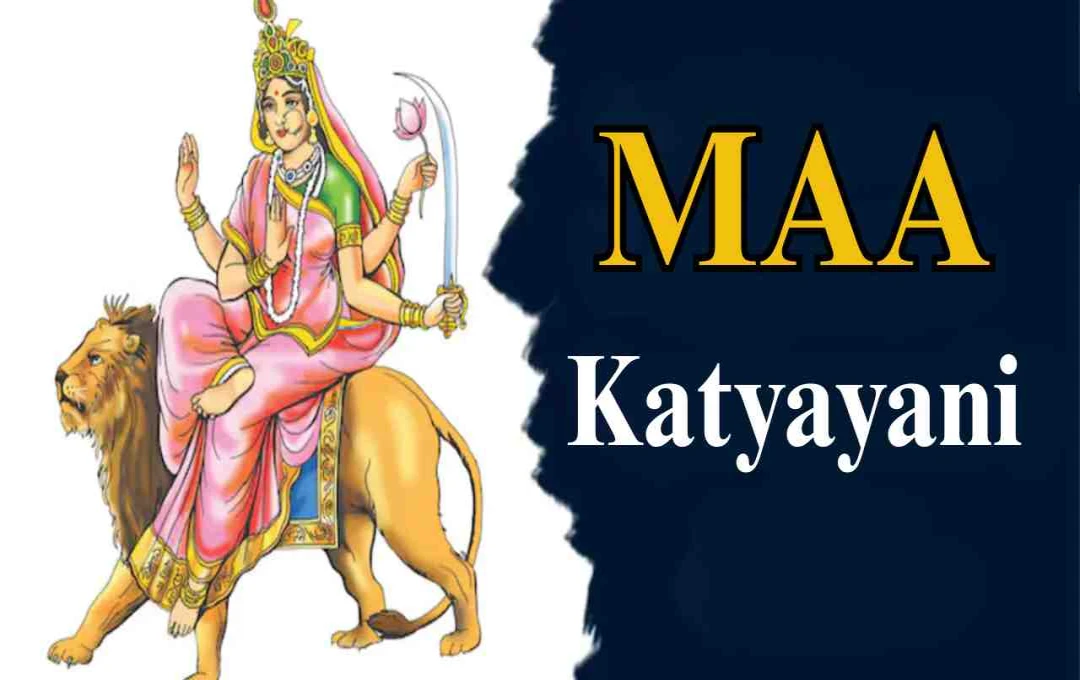Amidst escalating tensions between Iran and Israel, the Iranian government has temporarily restricted internet access within the country. The government cited security concerns as the reason for this action.
Starlink in Iran: Amidst growing tensions between Israel and Iran, the Iranian government temporarily restricted internet services within the country. This decision not only cut off citizens from global information but also severed various communication channels. However, amidst this digital blackout, tech magnate Elon Musk once again emerged, opening a new window to the internet in Iran through his satellite internet service, Starlink.
Elon Musk Announces – 'Beams are On'
Elon Musk announced on the social media platform X (formerly Twitter), writing, "The beams are on." This indicated that Starlink satellites are now beaming internet signals to Iran, and those with Starlink kits can now access the internet via satellite.
Starlink's service launch comes at a time when the Iranian government has attempted to completely control the internet. This move is clearly being seen as Musk's technology acting against censorship and information control.
Circumventing the Internet Ban: Musk's 'Digital Resistance'

This is not the first time Elon Musk has responded to an internet ban with Starlink. Previously, during the Russo-Ukrainian War, at the request of Ukrainian President Volodymyr Zelenskyy, Musk activated Starlink service there, enabling Ukraine's military and citizens to maintain communication. Musk has now replicated this strategy in Iran.
Despite the government-imposed ban, those with Starlink kits can now connect to the global internet without government permission. This is considered a significant step towards digital empowerment against government censorship.
How Does Starlink Work?
Starlink service operates through an advanced satellite network. More than 3,000 satellites orbit Earth in Low Earth Orbit (LEO) and transmit signals to dish antennas on the ground. This antenna connects to a router, creating a Wi-Fi network for an entire home or area. The dish must be installed in an open sky location, such as a rooftop or open space, similar to installing a DTH antenna. Signals reach the router, and then internet access becomes available on devices like mobile phones, laptops, and tablets.
It is unclear how many Starlink kits are currently in Iran. However, it's certain that those who already possessed these kits—whether legally or through the black market—can now utilize the service. It's noteworthy that in many countries where Starlink service isn't legally available, it reaches users via the black market. Instances have emerged in Myanmar, Thailand, and areas like Manipur in India where Starlink kits have been found during times of crisis.
Governments Uncomfortable, But Relief for the Public

This situation may be uncomfortable for the Iranian government as it directly challenges its information control policies. However, for ordinary citizens, it's a lifeline. They can now not only stay in touch with loved ones but also connect with global events. It is anticipated that if Starlink kits proliferate rapidly in Iran, the government may take b action. However, it's clear that governments can no longer control all information in the digital world, especially when alternatives like satellite technology exist.
While Elon Musk confirmed Starlink's activation in Iran, he hasn't disclosed the pricing. Speculation suggests the service may initially be offered as a free trial. However, if it becomes permanent, users might need to choose a monthly plan.















